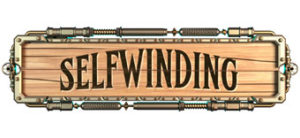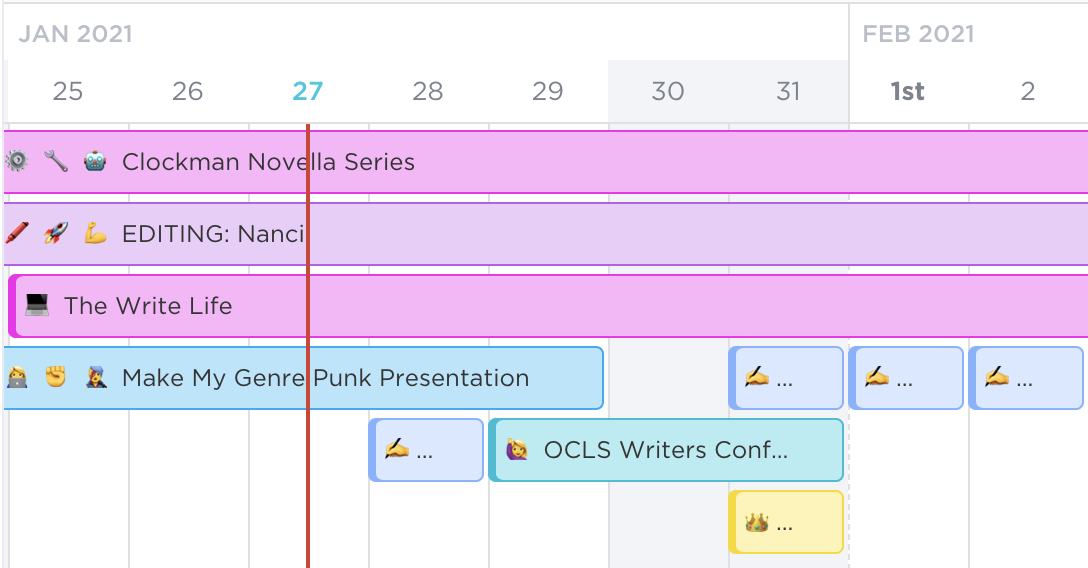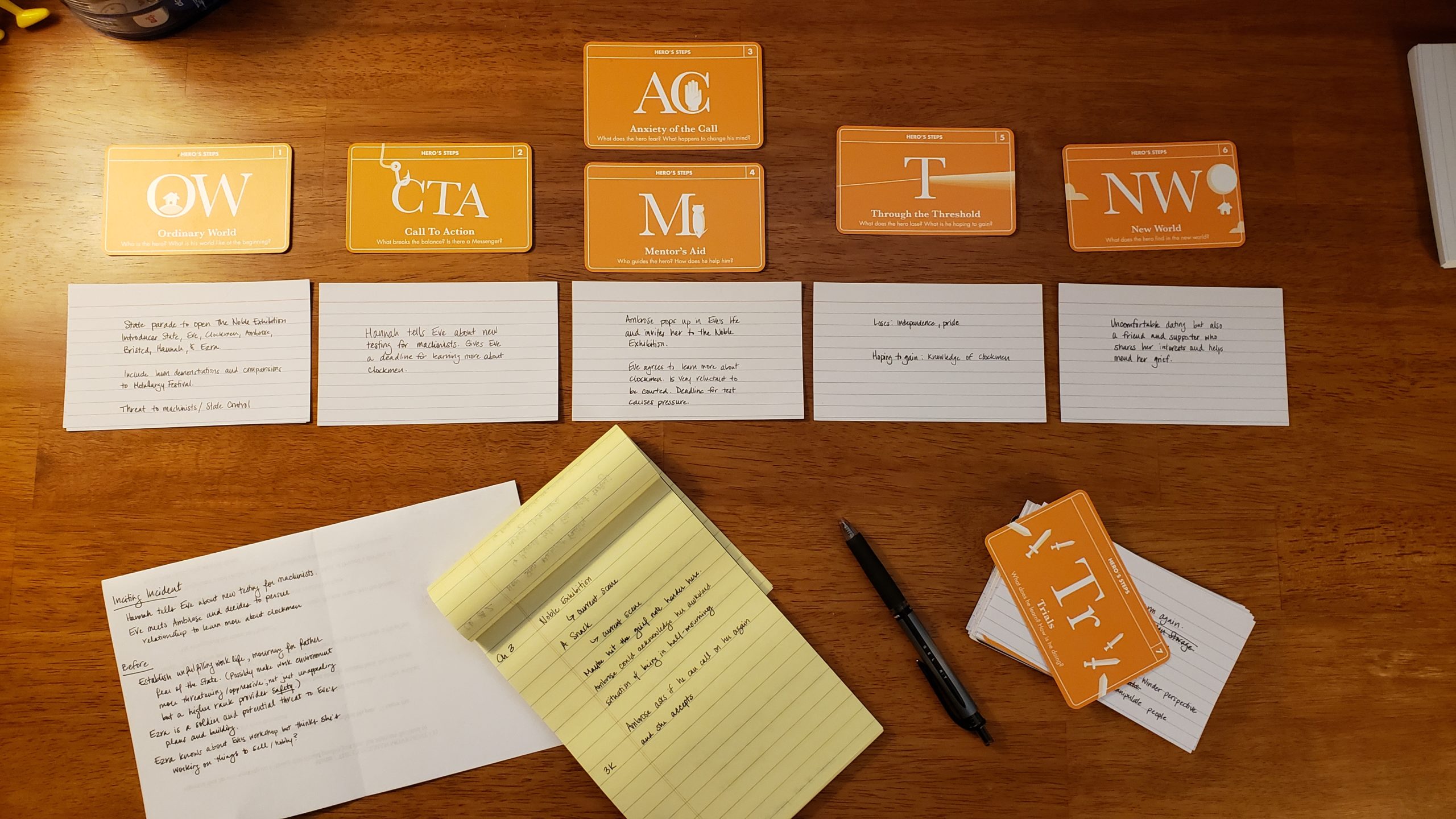If you’ve been following along for the past year, you already know I’ve been taking a long break from novel writing to take care of my parents. With the major illnesses under control, and adjustments and new routines established, I can finally inch back into novel writing. This means refamiliarizing myself with plans, getting back into the characters’ voices, and figuring out what’s been percolating in my head while I’ve been away. In short, it’s a novel writing return!
I know I’m not the only one who’s been in this situation—coming back to a novel after a long (sometimes years long) break—so I wanted to share what I did this month to reconnect with my novel.
Take Stock Before Writing
The first step is all about taking stock and figuring out where you left off. For this novel, it included reading over the outline and making notes where the plot seemed a little draggy. (Turns out in the two years away, the outline did not magically fix itself.)
I have many different parts of this story drafted, but since I’m working from a new outline, I decided to not bother rereading any drafts. I will be incorporating things from previous drafts, but I think I’d prefer to revisit those as I get to each scene since my outline is so detailed.
I also discovered I created a writing schedule, which will help with the next step….
Update the Novel Plan

Photo by Omid Kashmari on Unsplash
Updating the novel plan starts with updating the outline. I only had a few notes to address in the opening chapters, but they required shifting scenes and chapter breaks, which also created a need to update the story map. (The story map is a document that tells me who is in each scene, where it takes place, and which plot threads it involves.)
The novel plan also includes plans for how to write the novel, specifically what my writing schedule will be. The schedule I previously devised had me writing 3–4 scenes per week, and while I aspire to that level of productivity, it’s just not realistic with my other obligations.
Instead, I looked at the estimated word count of each scene and then doubled that number (because I know the chaotic, word-heavy way I draft). Keeping a realistic goal in mind, I decided I am unlikely to write more than 4,000 words per week, so that base schedule has me writing 1–2 scenes per week.
Renewing Voice
Reconnecting to a novel includes reconnecting to the characters. Because it’s been a hot minute since I wrote anything substantial for these characters, I wanted to reacclimate myself to their voices. I picked a few moments and various character combinations to write about and went at it!
Making my novel writing return by starting with some odd moments let me approach the writing at a slower pace while I was still finishing plan adaptations. It also meant I could test some of my plans to see how much I can actually write on a busy day with my new routines and schedules.
Novel Writing Return!
The hardest part of the return is to stop dawdling and get writing. That means officially writing a scene that will—gulp—go into the novel.
So that’s for next month! 😅
(Seriously, updating the outline and story map took longer than I originally thought it would—but no regrets about that time spent! For me, the planning stage is important to keeping my brain on track and untangled as I draft. Other writers struggle with the planning and revision; my writing struggle is drafting.)
I am coincidentally starting my draft in November, though not doing NaNoWriMo. Anyone else setting ambitious writing goals outside of a challenge structure?
For full access to The Write Life and more about what I’ve done to assist with my creative life, sign up on Patreon for $1 or more per month. You’ll also receive a personalized thank you in a future edition of The Write Life.



